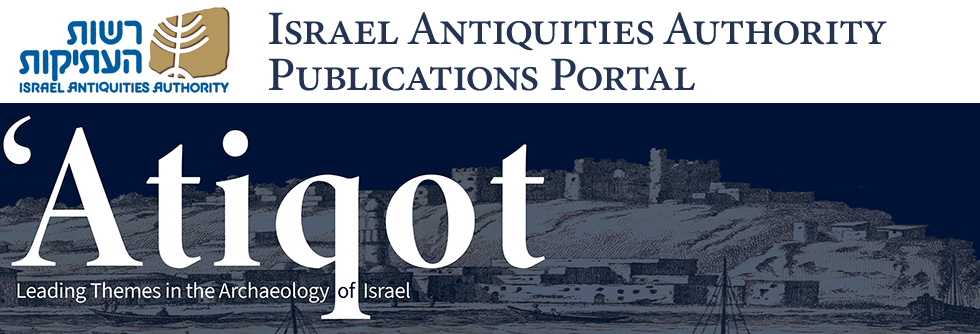Abstract
This report presents the fauna remains from Naḥal ‘Anava, Modi‘in, retrieved from the Byzantine-period ashlar building and the Umayyad-period farmhouse. The bone assemblage from Modi‘in is dominated by numerous bone fragments, probably indicating slaughterhouse waste. The low number of cattle is remarkable, indicating local agriculture ruled by caprine herds and derived produce, e.g., milk and wool, as well as a small number of pig bones, probably indicating the ethnicity of the ancient inhabitants, either Jews or Muslims.
Keywords
surface modifications, demography, economy, kosher animals, butchery
Recommended Citation
Shtainberg Finali, Dana and Bouchnick, Ram
(2022)
"The Fauna Remains from Naḥal ‘Anava, Modi‘in (pp. 251–262),"
'Atiqot: Vol. 107, Article 16.
DOI: https://doi.org/10.70967/2948-040X.1853
Available at:
https://publications.iaa.org.il/atiqot/vol107/iss1/16
Included in
Agriculture Commons, Biblical Studies Commons, History of Art, Architecture, and Archaeology Commons

